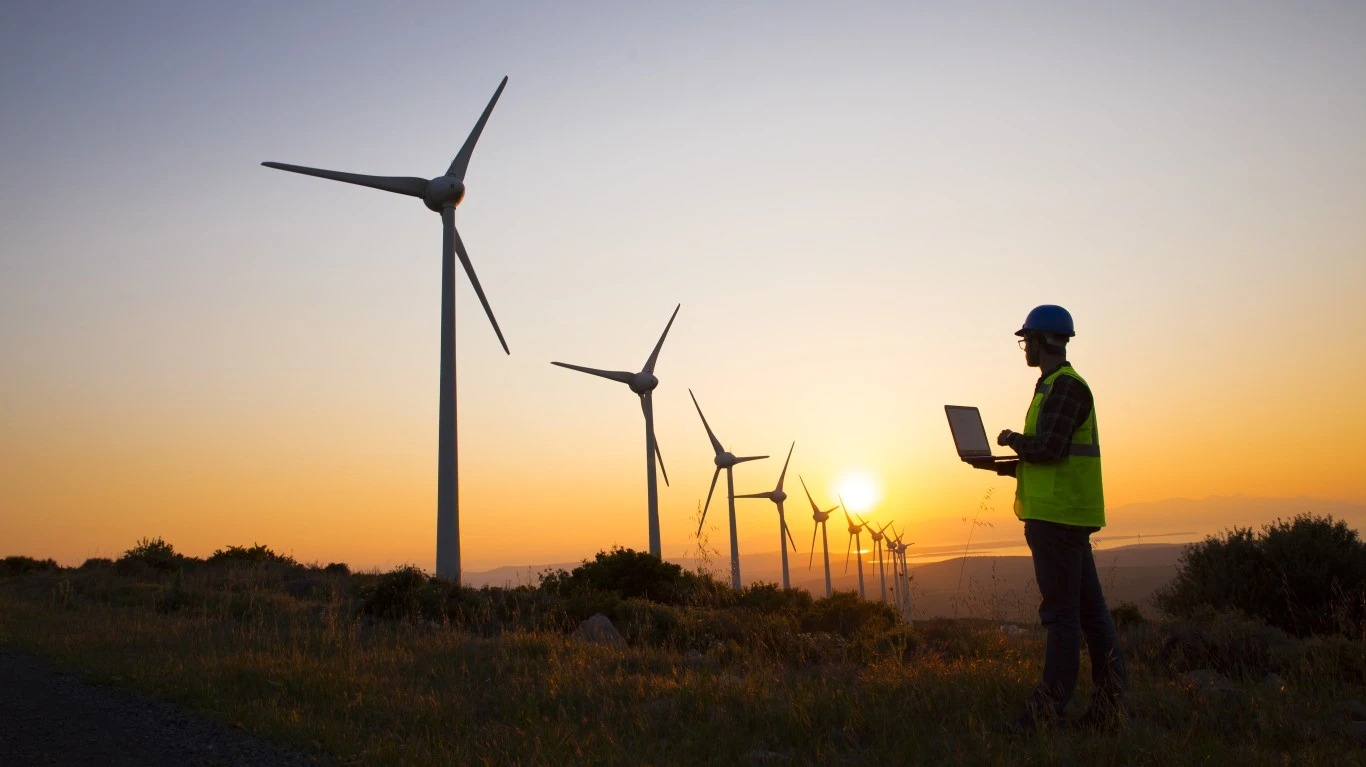
After narrowly passing through a Democratically controlled Congress along party lines, President Joe Biden signed the Inflation Reduction Act into law on Aug. 16, 2022. The law allocates $500 billion in new spending. While it may marginally reduce inflation over the long term, its largest impact will likely be on the U.S. energy grid, as most of the money in it is slated for clean energy initiatives.
Through a range of federal subsidies, including rebates, loans, and tax credits, the IRA provides incentives to households, businesses, and state and local governments to invest in clean energy while moving away from fossil fuels. With nearly $370 billion in clean energy funding, the act marks the most significant action the U.S. has ever taken toward addressing climate change.
Not only could the IRA result in a 40% to 50% reduction in America’s greenhouse gas emissions, as Democrats in Washington have argued, but it could also be a boon for the job market — particularly in hard-hit sectors, like manufacturing.
Based on reports from different sources, in the first six months after the IRA passed, there were over 100,000 new clean energy jobs nationwide — and that number could exceed 9 million over the next decade. According to the independent, nonprofit clean energy advocacy group, Rocky Mountain Institute, the IRA could create over 1.3 million new jobs in 2030 alone.
Using data from the Rocky Mountain Institute’s report, The Economic Tides Just Turned for States, 24/7 Wall St. identified the states where Biden’s Inflation Reduction Act will create the most jobs. States are ranked by the estimated potential number of new jobs created by the IRA in the year 2030, adjusted for population. Alaska and Hawaii are not included in this analysis. A full explanation of the Rocky Mountain Institute’s methodology is available here.
According to the report, depending on the state, the IRA could create anywhere from 2,000 to 140,000 jobs (measured in job-years) in 2030. Accounting for population, the number of new jobs in 2030 ranges by state from about one for every 250 people to one for every 320 people. Compared against 2022 annual unemployment figures from the Bureau of Labor Statistics, these new jobs could reduce the current number of unemployed by anywhere from 14% to 36%, depending on the state. (Here is a look at the cities that will add the most jobs by 2060, according to economists.)
Some of the states that could add the most clean energy jobs in 2030 currently rely heavily on energy from fossil fuels. North Dakota, a state that could add one new job for every 258 people in 2030, produced nearly 73 metric tons of energy-related carbon dioxide pollution per person in 2021, according to the Energy Information Administration. That is over 390% more than the national average. (Here is a look at the worst states driving the climate crisis.)
Click here to see states here the Biden policies could create the most jobs.





